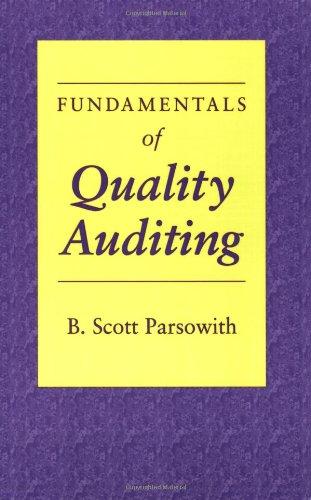Answered step by step
Verified Expert Solution
Question
1 Approved Answer
Please show steps El-Apparater S/A produces household appliances. The budgeted and actual costs for the ending business year are as follows. El-Apparater budgeted and realized

Please show steps
El-Apparater S/A produces household appliances. The budgeted and actual costs for the ending business year are as follows. El-Apparater budgeted and realized the following inventories. El-Apparater uses a normal-costing system and allocates overhead to work in process based on direct manufacturing labor dollars. Indirect materials are negligible, and thus there is no inventory account for them. 6.1 Compute the overhead allocation rate. (Remember that, under normal costing, the rate derives from the budgeted cost and budgeted allocation base levels.) (6 points) 6.2 Post the transactions to T-accounts for all the inventories, Cost of Goods Sold, Manufacturing Overhead Incurred, and Manufacturing Overhead Allocated. Label the amounts appropriately (e.g., Beginning, $9,500 in the Direct Materials account). That is, you should post (show) how costs 'move' through the accounts to determine Cost of Goods Sold, Manufacturing Overhead Incurred, and Manufacturing Overhead Allocated. (Note that you will not need all the numbers from the problem statement. The T-accounts are included in the attached Excel template.) (24 points) 6.3 Write off any over-or underallocated manufacturing overhead to the Cost of Goods Sold account to close the Manufacturing Overhead Incurred and Manufacturing Overhead Allocated accounts. Post the transaction to your T-accounts from 6.2 and compute the ending cost of goods sold. (6 points) 6.4 Suppose that any over-or underallocated manufacturing overhead is prorated to the relevant inventory and Cost of Goods Sold accounts, rather than written off to the Cost of Goods Sold account as in 6.3, based on the balances before proration to close the overhead accounts. For all relevant accounts, indicate whether to debit or credit the account, and the amount to be debited or credited. Round your results to the nearest dollar. (You may state the transaction as a journal entry, but this is not necessary.) (16 points) El-Apparater S/A produces household appliances. The budgeted and actual costs for the ending business year are as follows. El-Apparater budgeted and realized the following inventories. El-Apparater uses a normal-costing system and allocates overhead to work in process based on direct manufacturing labor dollars. Indirect materials are negligible, and thus there is no inventory account for them. 6.1 Compute the overhead allocation rate. (Remember that, under normal costing, the rate derives from the budgeted cost and budgeted allocation base levels.) (6 points) 6.2 Post the transactions to T-accounts for all the inventories, Cost of Goods Sold, Manufacturing Overhead Incurred, and Manufacturing Overhead Allocated. Label the amounts appropriately (e.g., Beginning, $9,500 in the Direct Materials account). That is, you should post (show) how costs 'move' through the accounts to determine Cost of Goods Sold, Manufacturing Overhead Incurred, and Manufacturing Overhead Allocated. (Note that you will not need all the numbers from the problem statement. The T-accounts are included in the attached Excel template.) (24 points) 6.3 Write off any over-or underallocated manufacturing overhead to the Cost of Goods Sold account to close the Manufacturing Overhead Incurred and Manufacturing Overhead Allocated accounts. Post the transaction to your T-accounts from 6.2 and compute the ending cost of goods sold. (6 points) 6.4 Suppose that any over-or underallocated manufacturing overhead is prorated to the relevant inventory and Cost of Goods Sold accounts, rather than written off to the Cost of Goods Sold account as in 6.3, based on the balances before proration to close the overhead accounts. For all relevant accounts, indicate whether to debit or credit the account, and the amount to be debited or credited. Round your results to the nearest dollar. (You may state the transaction as a journal entry, but this is not necessary.) (16 points)Step by Step Solution
There are 3 Steps involved in it
Step: 1

Get Instant Access to Expert-Tailored Solutions
See step-by-step solutions with expert insights and AI powered tools for academic success
Step: 2

Step: 3

Ace Your Homework with AI
Get the answers you need in no time with our AI-driven, step-by-step assistance
Get Started


